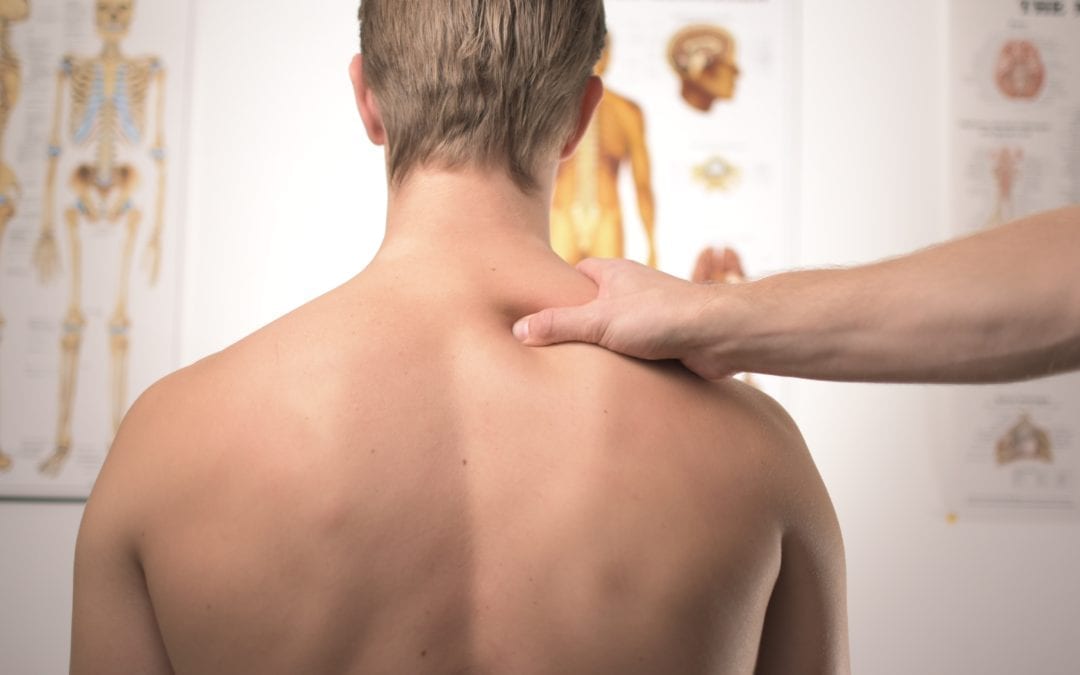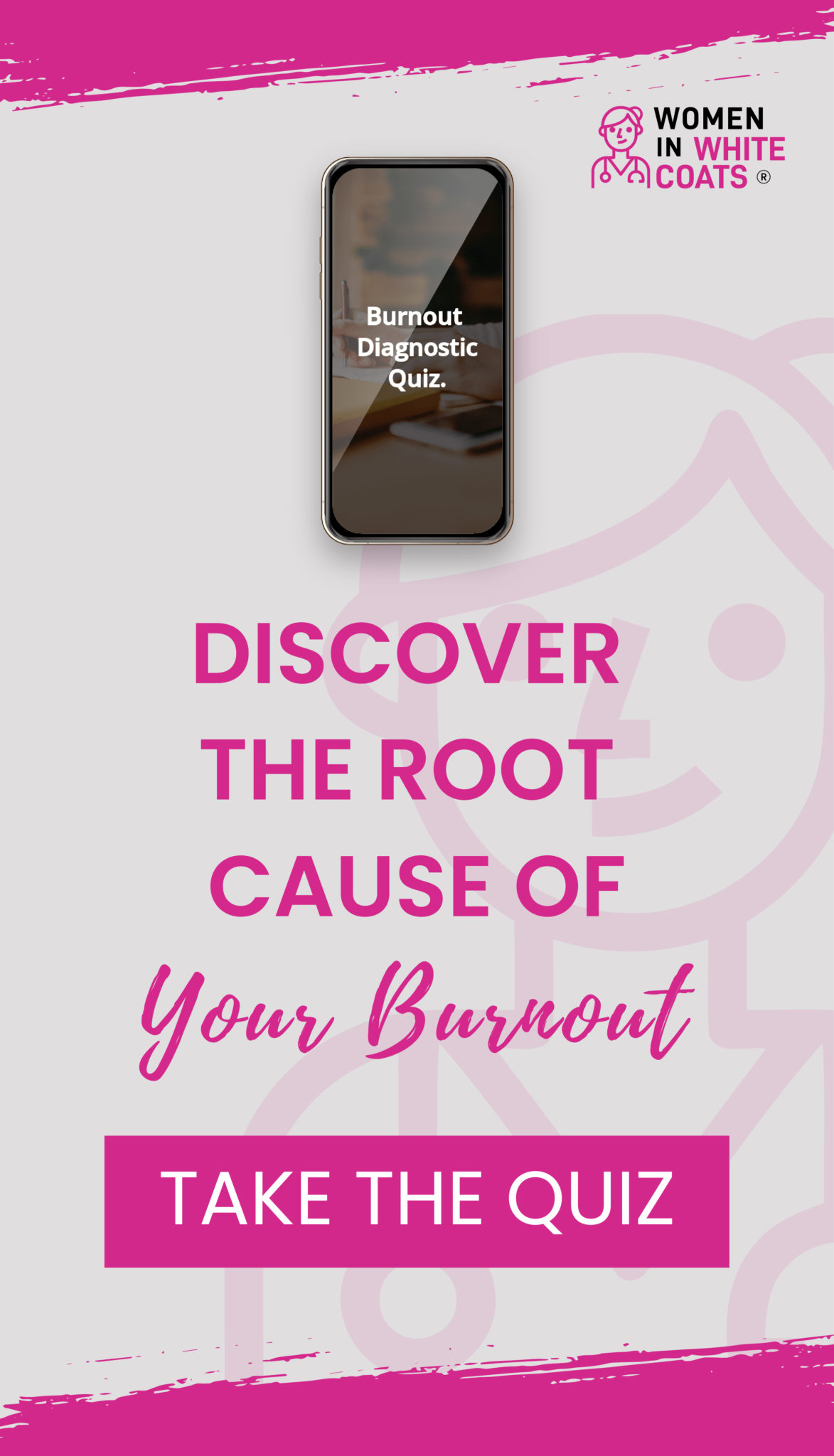I always knew I wanted to be a doctor growing up. In part, my parents (and pretty much all Indian parents) expected that was what I had to be. I did well in my science and math classes, volunteered at a hospital, did all the “right” stuff. I imagined having those nice relationships doctors have with their patients like Dr. Baker in “Little House on the Prairie” (except I wouldn’t be taking chickens for payment). I didn’t think I’d be a rheumatologist. It’s a specialty full of diseases most have never heard of nor are familiar with. It has a lot of what I call the “gray” area of medicine where symptoms can be vague and diagnoses can be difficult. It’s not really a field I knew much about growing up. In a way, it’s a specialty that picked me.
In my teens, I started having severe pain and stiffness in my lower back. I had been exercising a bit more than usual in college now that I had a gym and fitness centers at my disposal. I used to zip around like the Road Runner on campus and then one day, I was woke up feeling and moving like an 90 year old. I saw my family doctor who said perhaps it was stress related. With no real diagnosis, I just learned to deal with it. Then one day, my left knee swelled up. When you can’t get your pants on because your knee is the size of a soccer ball, people start to take notice. I saw an orthopedist (a woman!) and had my knee painfully drained several times followed by MRIs and physical therapy. No sign of any tears or infections; still no real diagnosis.
Eventually, somewhere in the mix, it was recommended that I see a rheumatologist. A who? I’d never even heard of that. My mother made an appointment with one and after an exam and some x-rays, I was told I have Ankylosing Spondylitis. What? I’d never heard of this specialty and now I was given a weird sounding diagnosis. I was told this disease generally runs in families and particularly in Caucasian men. There really was not much treatment for it (at that time). It was just more anti-inflammatories and that was it. No real direction beyond that.
Once the knee swelling subsided, the back pain was still present but not as pronounced. Despite all that I was going through, I didn’t miss any classes. I was a pre-med student. The doctor mentality had already set it. Nothing was going to stop me. I would limp along with schoolwork and everything else. I even went to my three hour organic chemistry labs and propped myself up on my one good leg. That became my new “normal.”
This continued for about a year a half later until things got much worse. I awoke one day with pain and blurriness of my left eye. I went to the school medical clinic and they said it must be conjunctivitis and put a patch on my eye. As you could imagine, that went over real well. In college, no one wants to catch pink eye!
Anyway, another day went by and the pain accelerated and became excruciating. It felt like someone was stabbing me in the left eye with a knife. I couldn’t bear any light. Even the blinking light of the phone in my dorm room was too painful to see. Joint pain I could live with but blindness I could not. I urgently saw my ophthalmologist who diagnosed me with uveitis. Another fancy condition that I learned is an offshoot of my initial disease.
Basically, when you have an autoimmune condition, it can cause inflammation in any part of the body and that is what was happening to me. My mother bemoaned that I was crippled and now going blind (spoiler alert: I am now neither). It took over 6 months for me to get vision back to normal in my left eye. I walked around with a bag of eye drops, different ones that had to be taken at different times. And yet I still made it to my classes and even took my histology final (which consisted of slides of microscopic images on a screen in the front of the class) with just one eye.
It’s strange to summarize all the pain and agony I went through in a few paragraphs so many years later. It made me into the person and the doctor I am today. I didn’t want to pick rheumatology just because I have one of the diseases. However, I can do more than just sympathize; I can empathize. I understand the deer in headlights look that patients get when they get a diagnosis that they have never heard of and will likely never really understand. A lot of the diseases rheumatologists deal with primarily affect females. However, they are largely under diagnosed. Women are good at minimizing our symptoms or better yet, having other people minimize them for us. Even my back pain wasn’t taken seriously until my knee got swollen. Even the disease I have, Ankylosing Spondylitis, is thought to be a male disease. However, it is now thought to just as prevalent in females, it is just missed. Just like it didn’t stop me in college, I tried not to let it stop me in life. When I was back to walking normal, I became an avid hiker and even hiked Yosemite and the Grand Canyon. I didn’t want to not be able to do things. I now in turn tell my patients “Don’t become your disease”.
As a doctor who deals with chronic conditions, it has given me an upfront insight. I’ve had patients who have much milder disease than I who have difficulty coping with their symptoms. On the other hand, I have patients who are crippled from their disease or have serious issues with other organs like their heart or kidneys and they take it all in stride. I have come to respect that everyone has a different threshold.
Recently, I had a patient who has pretty much been in a wheelchair since her thirties due to neurological complications of her disease. We had a pleasant and productive first visit. As she was wheeling herself out, she looked around my exam room at my certificates and then at me and said “In my next life, I want to come back as you.” I realized how lucky I am to be able to do what I do. There have been a few instances over years when I had flares of my joints or intermittent loss of vision from my disease when I thought “Why me?” Connections with patients like these remind me how lucky I am that it was me.






Inspiring story!